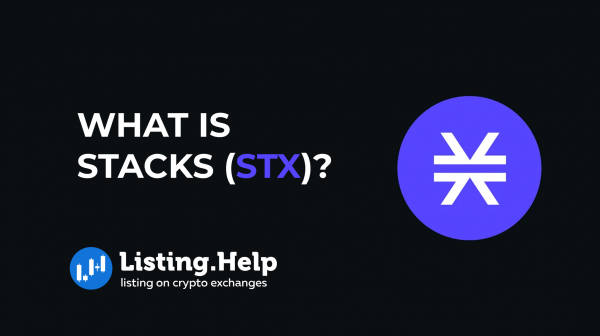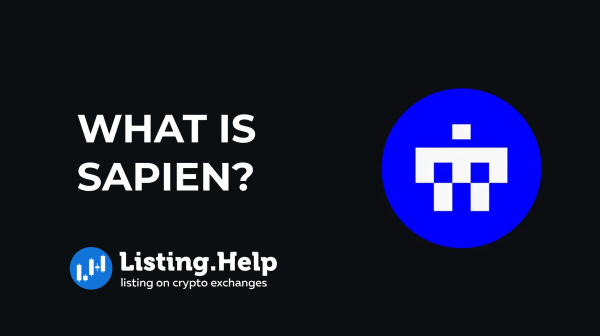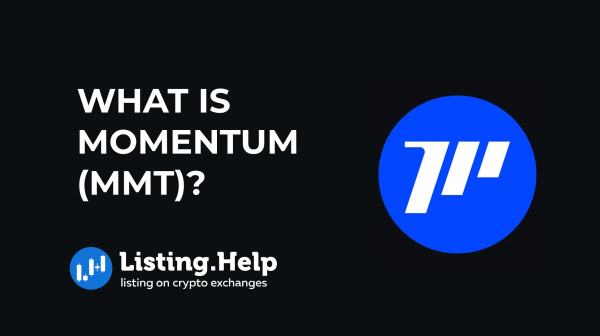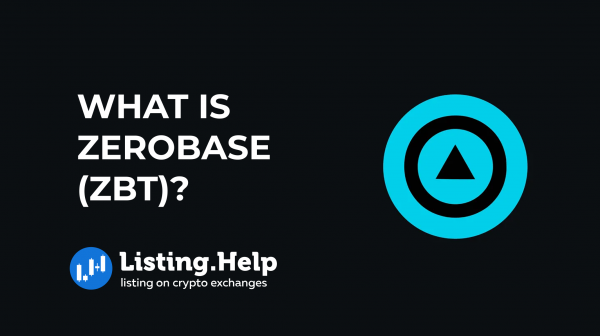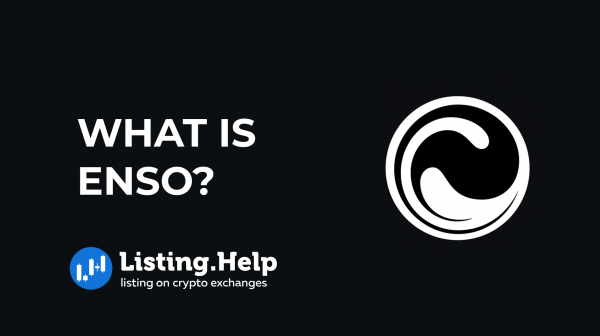Comprehensive Guide to Margin Trading in Cryptocurrency
 September 24, 2024
September 24, 2024 Updated: May 18 2025, 08:54
Updated: May 18 2025, 08:54
LEAVE A REQUEST
Launching your own token project? Our experts are ready to help with listing on exchanges, market making, marketing and other solutions
SUBMIT APPLICATIONIntroduction to Crypto Margin Trading
Cryptocurrency margin trading (or leveraged trading) is an advanced strategy that allows traders to borrow funds from exchanges and other traders to increase their bank for trading. This allows traders to trade for amounts greater than their own capital, allowing them to earn more.
However, it also increases risks and losses. With the use of leverage, they can be as large as the potential profit. It is also important to realize that with increased risks taken by traders, there is a probability of losing their entire balance.
What is Margin Trading in Crypto?
Margin trading is the process of trading assets using borrowed funds. The trader deposits a portion of his own funds as collateral, called margin. By using leverage, users can manage much more capital than their original deposit.
Basic Concepts and Terminology
Margin is the amount a trader deposits as collateral for the use of borrowed funds.
Leverage is the coefficient by which the user’s trading balance is increased. For example, if a user has a balance of $3000 and starts trading with a leverage of 5, he will trade with a balance of $15000 while having only $3000.
Liquidation is a process in which a trader’s position is forcibly closed by the exchange due to losses. As a rule, the point of liquidation is known in advance, and in order to postpone it, it is necessary to increase the margin, i.e. one’s own balance used for trading.
How Does Margin Trading Work?
To begin margin trading, a trader must
- Select an exchange that supports this type of trading
- Open an account on that exchange and deposit the funds that will be used for trading.
Go to the currency pair the trader wants to trade, choose the leverage level and start trading.
In this way, the trader will be able to trade for much larger amounts, and if the price moves in the right direction, the potential profit will increase many times over, but if the price moves in the opposite direction, the number of losses when using leverage will also increase.
Getting Started with Crypto Margin Trading
Choosing the Best Crypto Exchanges for Margin Trading
When choosing a platform, it is important to consider what margin trading conditions the exchange offers:
- What leverage can be used
- Whether there are risk management tools: stop-losses and take-profits
- What commissions the exchange charges for transactions
- Whether there is sufficient liquidity to trade
- Whether there are coins you want to trade.
- The ease of use of the exchange’s interface
Top Platforms and Their Features
Some of the best exchanges for margin trading are
- Binance is the largest crypto exchange, offering 20x leverage, market average commissions and high liquidity. The exchange also offers a large number of analytical tools, making it one of the best exchanges for leveraged trading.
- Kraken offers trading with 5x leverage and a huge range of the most popular cryptocurrencies, from bitcoin to small-cap altcoins. It is one of the most trusted crypto exchanges for margin trading with low commissions and strict security measures.
- Crypto.com is another popular platform that offers 10x leverage, attractive trading fees and a simple and intuitive interface, making it the best choice for beginner traders.
How to Margin Trade Crypto: A Step-by-Step Guide
Setting Up Your Account
Once you have chosen an exchange, you will need to register with it and go through the Know Your Customer (KYC) process. Verification usually gives you more security when working with the exchange and unlocks its full functionality. This is a mandatory process and we do not advise you to skip it.
Executing Your First Margin Trade
Next, you need to fund your exchange account with the funds you will use for trading. In most cases, you can transfer funds from other exchanges or wallets if you already have cryptocurrency, or you can add funds from a bank card by buying cryptocurrency directly on the exchange.
Next, you need to transfer the funds for trading to your margin account from which you will trade. Then go to the page with the trading pair and set the required leverage and order type.
Order types can be: market or limit. A market order is an immediate purchase or sale of an asset at the current market price. And with a limit order, you specify the buy or sell price at which you want to buy or sell tokens. Your order appears in the trading stack and is triggered when the market price reaches the specified threshold. Your trade will then be completed.
We recommend that you use Stop Loss orders when trading to minimize losses in the event of sharp price changes.
Strategies and Risk Management
Common Strategies for Margin Trading
Long vs. Short Positions
Traders choose between long positions (long), when they believe that the price of the asset will rise in the future, or short positions (short), when they believe that the price of the asset will fall in the near future. Both tools are important for a trader’s work. And the choice and use of these tools depends on your chosen trading strategy, market forecasts and general price direction.
Leverage Ratios and Their Impact
It is important to discuss in advance the risks that leverage can conceal. With high leverage, even small fluctuations in the price of an asset can significantly affect profits and losses and even lead to a complete loss of the initial deposit.
For example, you entered a long position, but negative news came out and the price of the traded asset dropped by 10%. You traded with 5 leverage and saw not -10%, but -50% loss on your deposit, i.e. you lost half of your deposit due to such fluctuation.
In order not to expose yourself to excessive risk, we would advise beginners to start with spot trading. And after learning the basics and understanding the principles of trading, move to margin trading and use low leverage – maximum 3:1 or 2:1, which would give you an idea and first experience of how leveraged trading works and would not expose your deposit to too much risk. We advise you to increase the leverage used only when you have sufficient trading experience.
Managing Risks in Crypto Margin Trading
Understanding Liquidation
When developing a risk management strategy, it is also important to understand how position liquidation works and when it will occur in order to avoid additional losses. Liquidation is one of the most dangerous risks in margin trading because it essentially means that the trader’s position is automatically closed and the trader loses all of his margin.
While holding an open position, it is important to always monitor the price of a possible liquidation and stay away from it if possible.
Tips for Minimizing Losses
Now we will give you some important tips on how to minimize possible losses and preserve your capital. They are especially important when using high leverage:
- Be sure to use stop loss orders to automatically close positions when a certain level of loss is reached.
- Try to separate your funds and do not risk all of your funds on one trade.
- Adhere to a disciplined and well-developed risk management strategy and monitor market changes regularly.
Legal and Tax Considerations
Is Margin Trading Crypto Legal?
The legality of trading cryptocurrencies on margin depends on the laws of the country in which you are located. Some jurisdictions have no prohibitions or regulations, but this is not true for all countries. For example, in the US, margin trading is regulated and traders must follow strict rules dictated by the Commodity Futures Trading Commission (CFTC) and the Securities and Exchange Commission (SEC).
Before trading, it is important to check your country’s laws to make sure that margin trading is allowed and that you understand the rules to follow.
Tax Implications of Margin Trading
Again, this depends on the country in which you are located, as there are currently no uniform rules for margin trading worldwide. However, it is important to note that margin trading can have significant tax implications. You may have to pay capital gains tax or income tax. It is important to remember that losses may also be included in the tax calculation. Therefore, it is important for traders to carefully record their trades to ensure proper tax reporting. However, not all countries allow losses to be taken into account when calculating general tax. In stricter jurisdictions, you may have to pay tax on every trade you make. Therefore, it is best to research your country’s tax laws or consult a tax professional.
Conclusion
Is Margin Trading in Crypto Worth It?
We have come to the question that many people have already asked themselves while reading this article: is it worthwhile to engage in margin trading of cryptocurrencies at all? Leverage in the hands of an experienced trader can be a powerful weapon to increase potential profits. Therefore, you should not fear or underestimate such a tool. However, if you have no previous experience in leveraged trading, you should start with a small leverage to understand the principles of trading and then gradually increase your capital and the leverage used for trading. It is important to do this gradually and only as your professional trading experience grows.
This type of trading is suitable for both beginners and experienced traders, so once you have learned the basics, you will be able to use the skills you have learned at any stage of the market and with any level of experience.
Don’t forget about risk management, analyzing your own trades and monitoring the general news background. And with the right approach, margin trading can significantly increase your trading profits!

For more insights and updates on the crypto world, don’t forget to check out our blog at Listing.Help




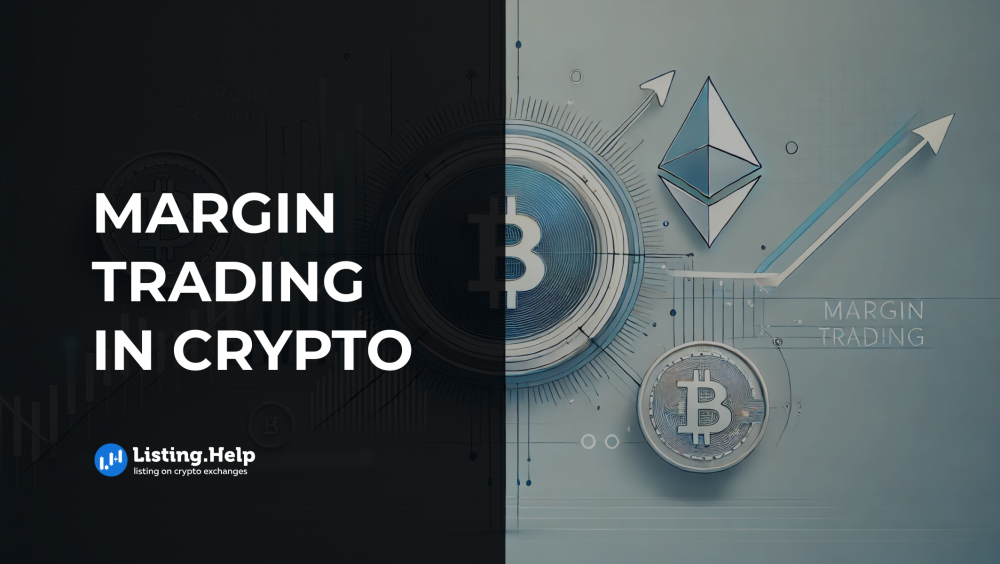


 December 22, 2025
December 22, 2025 
